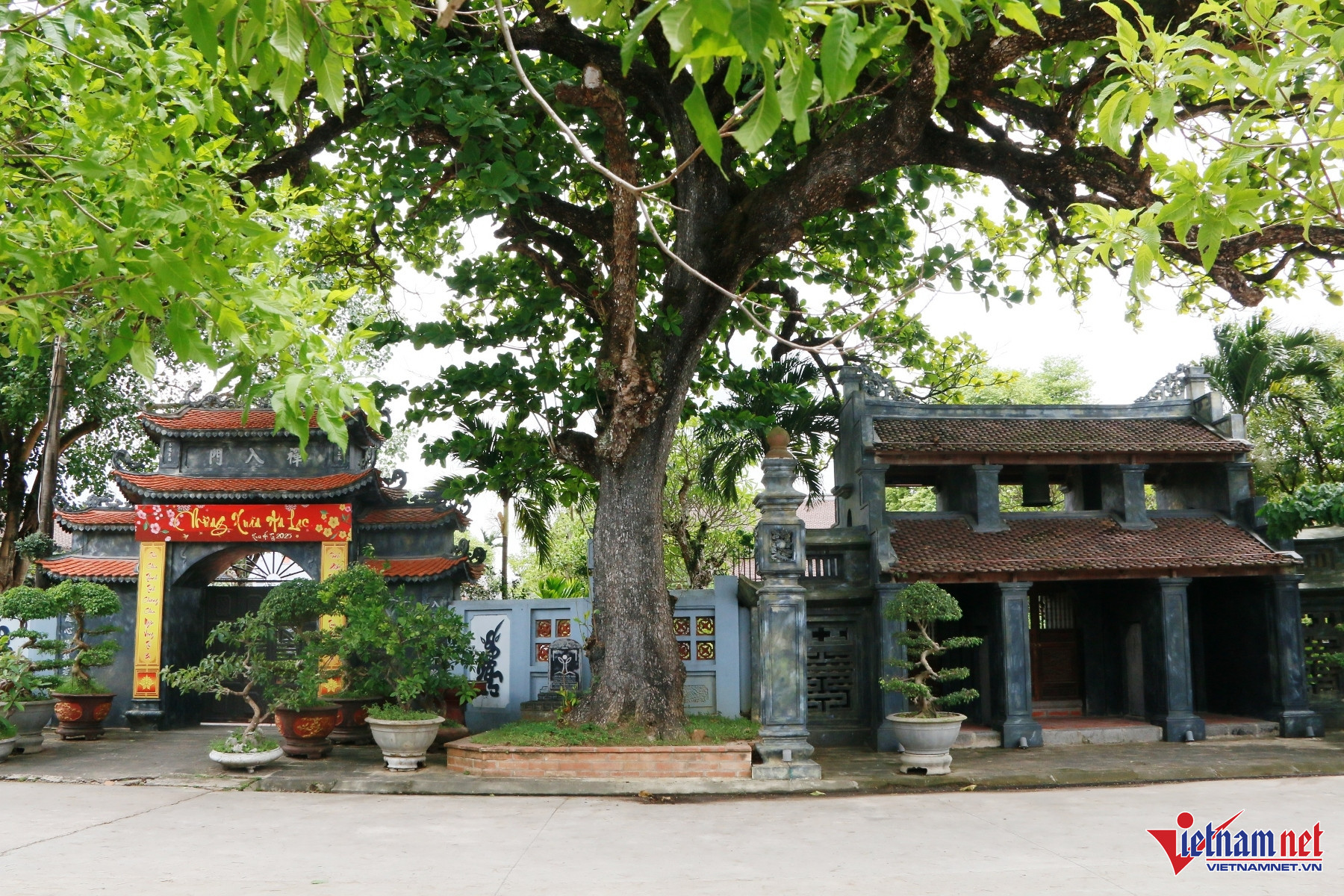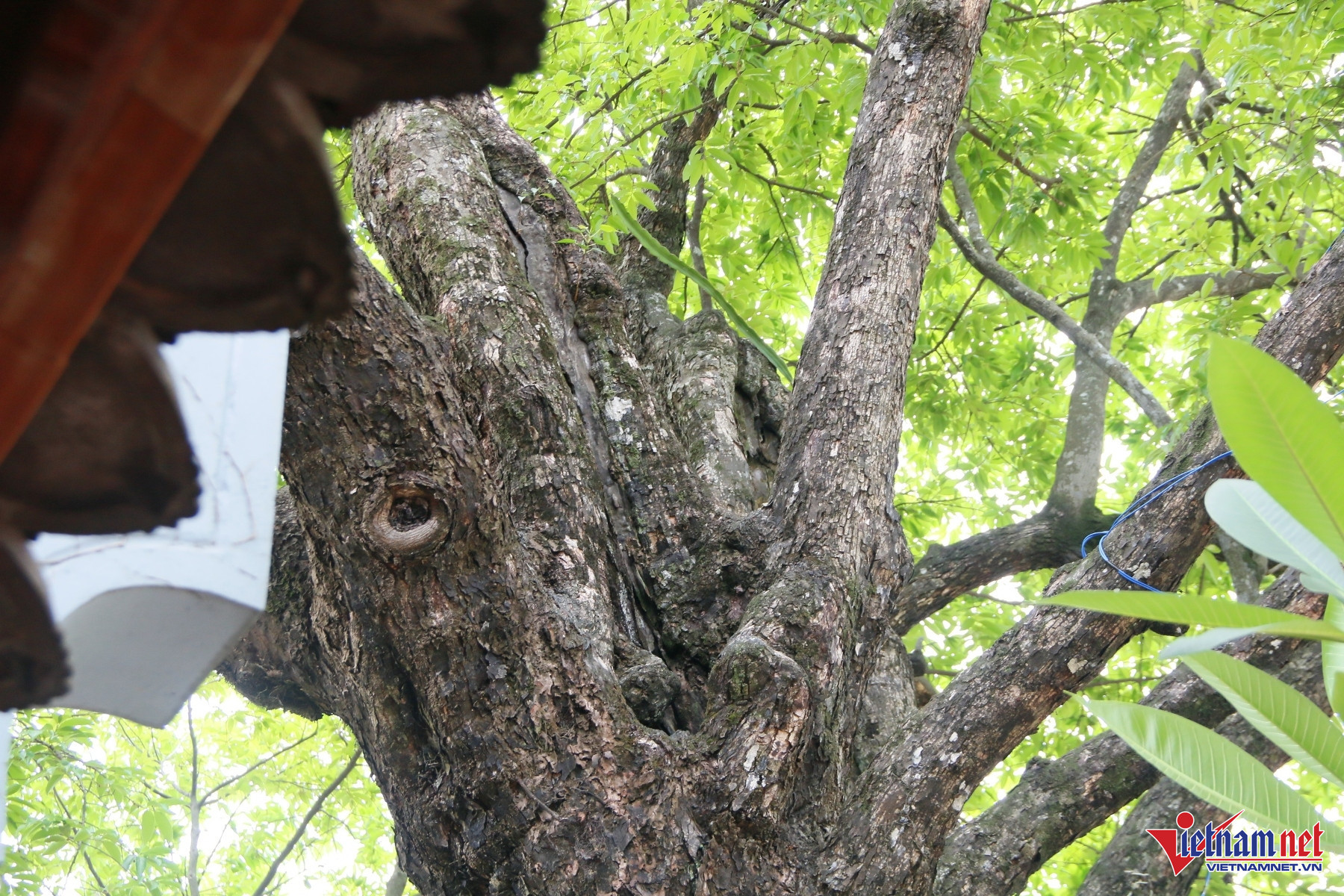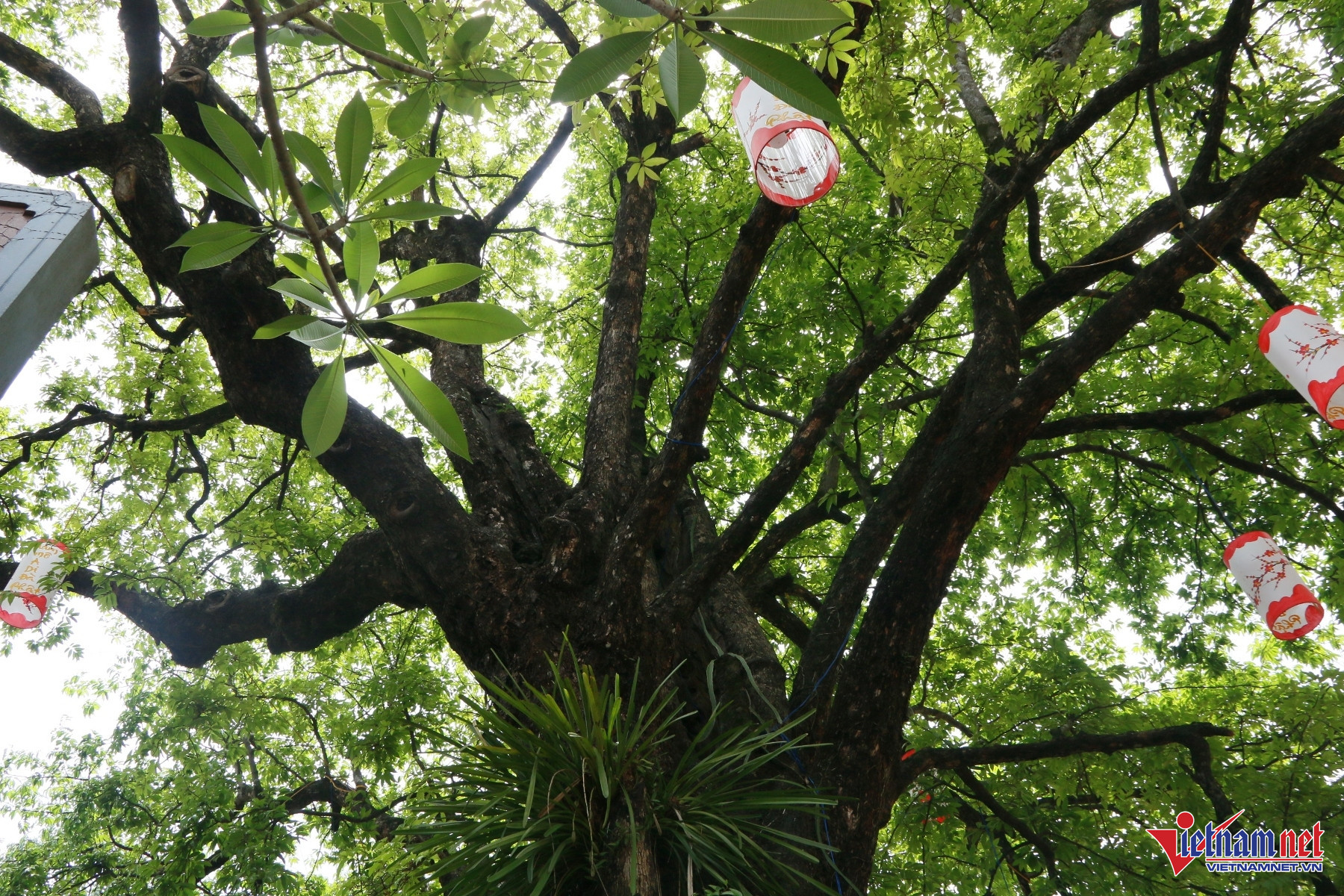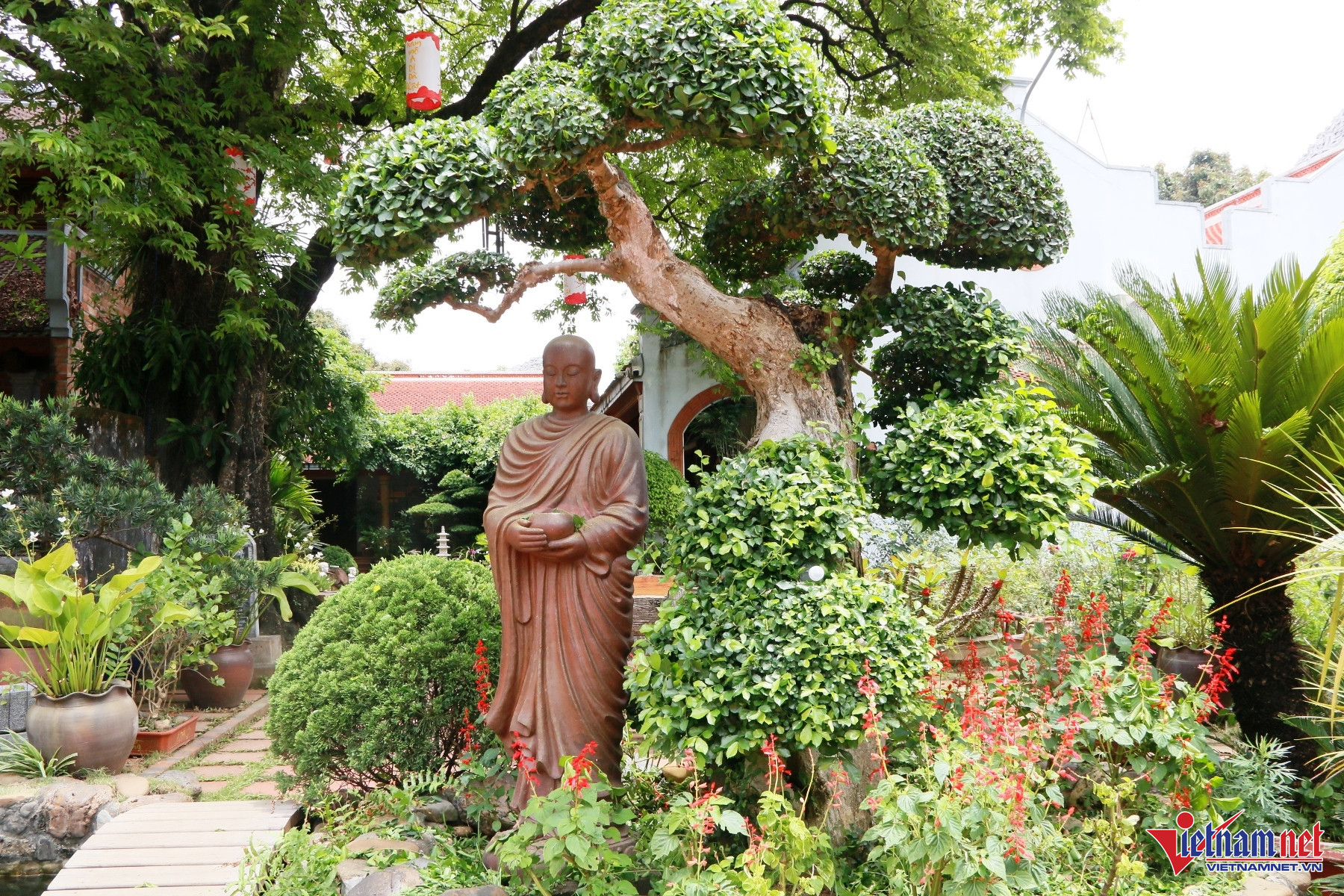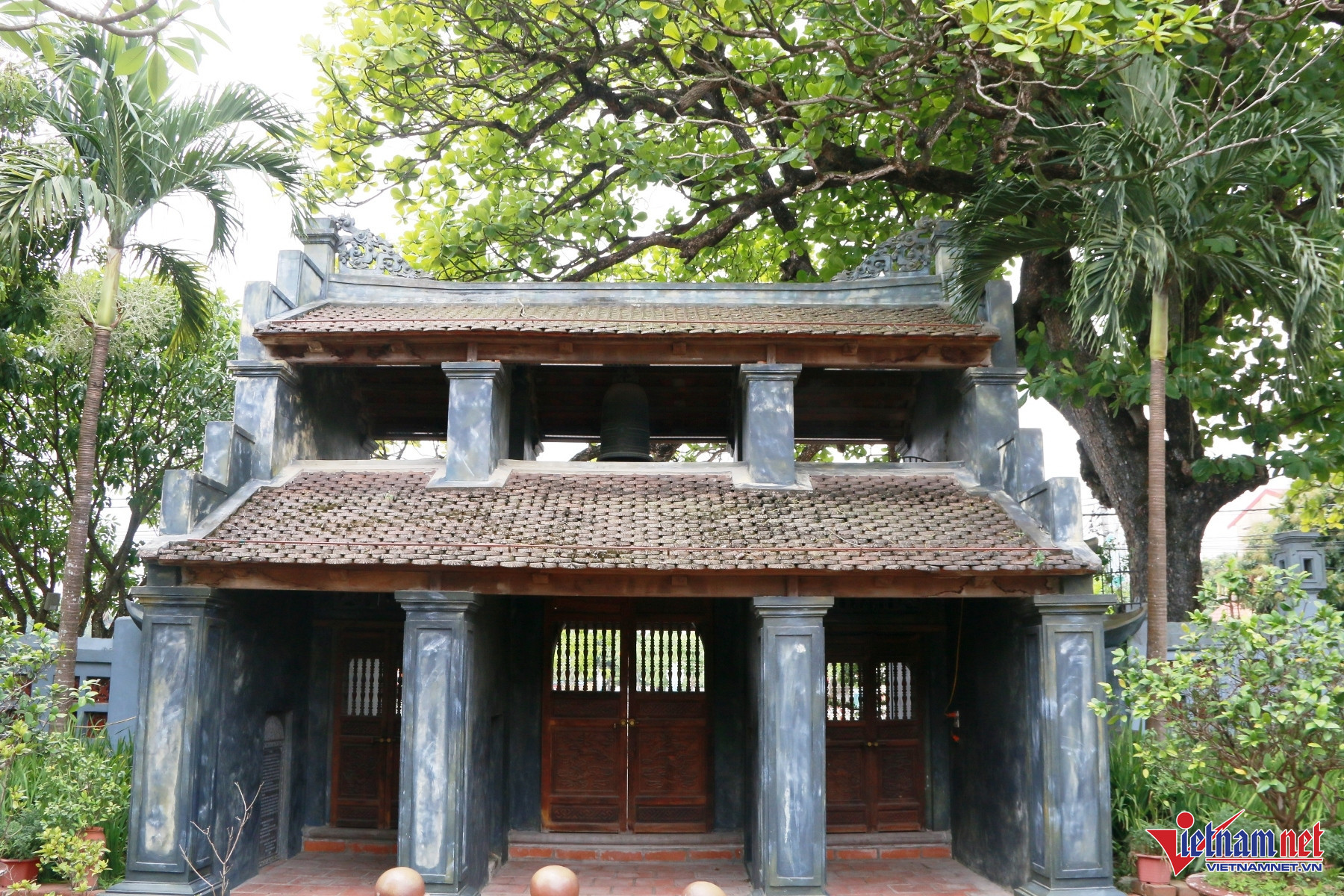Hung Long Pagoda, also known as Gac Chuong, is nestled in Thu Dien Village, Ninh Nhat Commune, Hoa Lu City (Ninh Binh). The centuries-old temple sits on a 10,000-square-meter plot of land said to resemble a dragon's head, according to feng shui, giving rise to the name "Hung Long" (Rising Dragon Pagoda). The site is also nicknamed "Gac Chuong" for its 300-year-old bell tower, which stands beneath a towering heritage tree.
Originally constructed with earth walls and thatched roofing, the pagoda was renovated in 1592 under King Le The Tong. A monk named Nguyen, known by his Buddhist name Hue Gia, replaced the walls with stone and tiled the roof.
Over time, the pagoda fell into disrepair, prompting major renovations in 2018. Several structures were rebuilt, including the main hall, ancestral house, monks' quarters, guest hall, and bell tower.
A defining feature of Hung Long Pagoda is its two ancient trees - a 200-year-old Indian almond (Terminalia catappa) and a 500-year-old persimmon (Diospyros decandra) - officially recognized as Vietnam Heritage Trees in 2013. These are the first trees in Ninh Binh to receive the distinction.
The Indian almond tree, located beside the bell tower, has a gnarled, massive trunk and expansive canopy that shades the village path and temple gate. For generations, this tree has served as a local landmark and wartime shelter. During times of conflict, it protected villagers from bombings and bore witness to farewells as young men left to defend their country.
Equally impressive is the 500-year-old persimmon tree near the main shrine. With a trunk three times the diameter of the almond tree, it towers above the roof of the pagoda. Its roots spread widely, and its broad canopy casts a tranquil shade over the temple grounds. Locals regard this tree as a living symbol of the temple’s founding era.
Hung Long Pagoda was also a meeting point for revolutionary activities during Vietnam's wars for independence. In 1946, the temple courtyard hosted ballot boxes for the national elections.
Nguyen Thi Ngoc, 60, a lifelong resident of Thu Dien, recalled how the villagers have long considered the two ancient trees as sacred treasures. Once guardians against war, they now offer shade for children playing and studying.
Today, Hung Long Pagoda continues to serve as a cultural and spiritual center for the community, welcoming visitors for prayer, reflection, and heritage exploration.
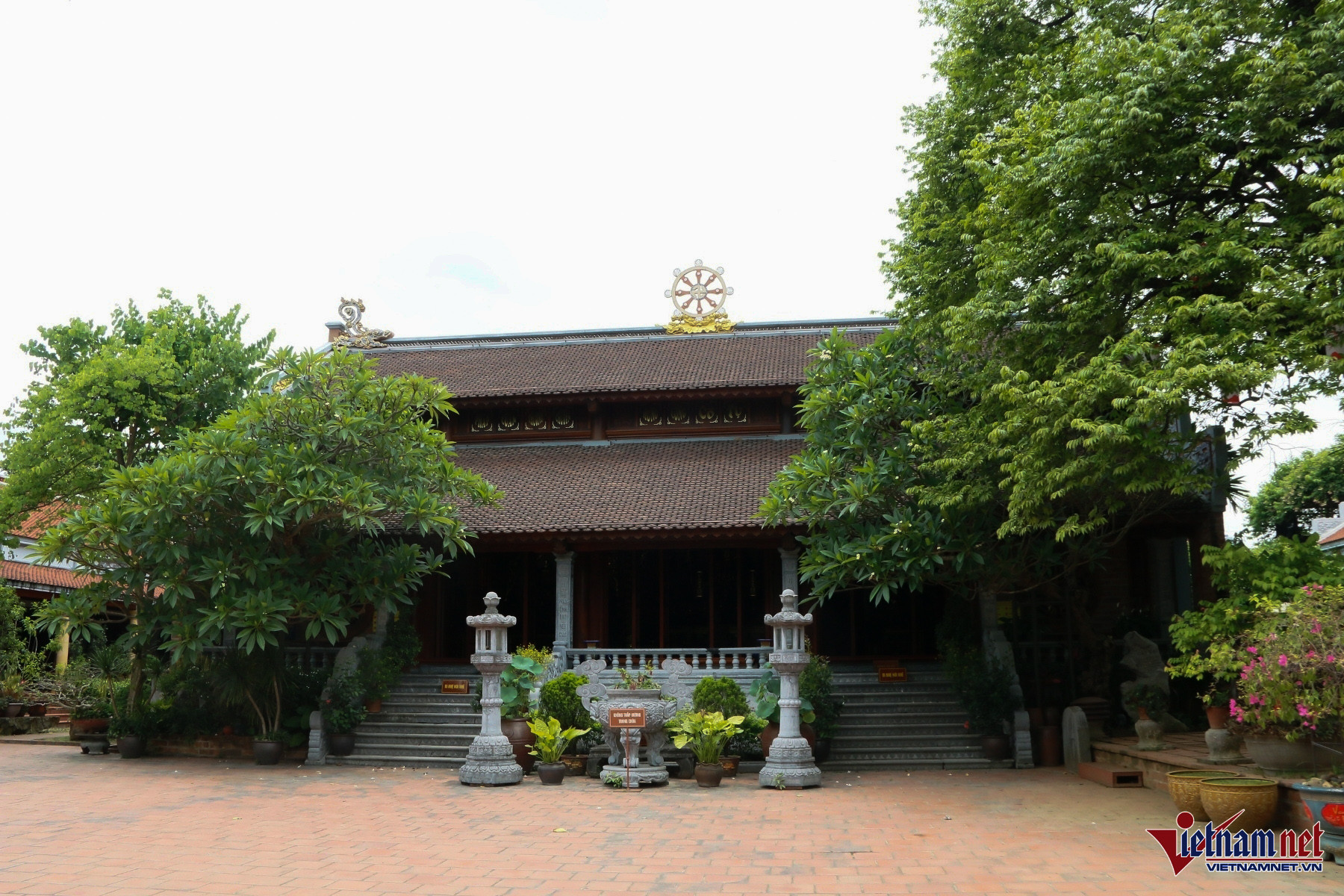
Hung Long Pagoda, built centuries ago, was renovated in 2018.

The 200-year-old Indian almond tree shades the village road beside the bell tower.
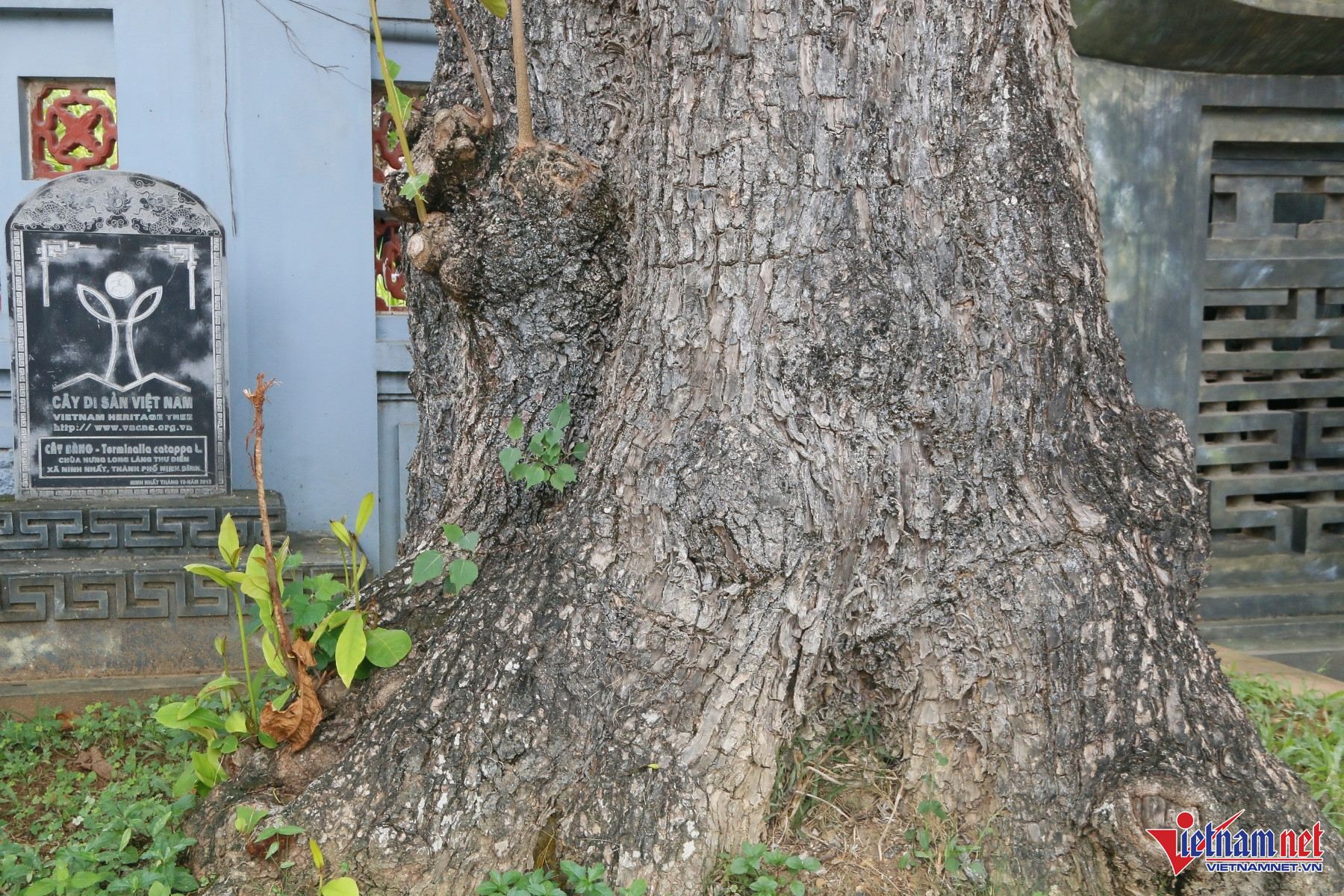
The tree's thick trunk shows signs of centuries of growth.
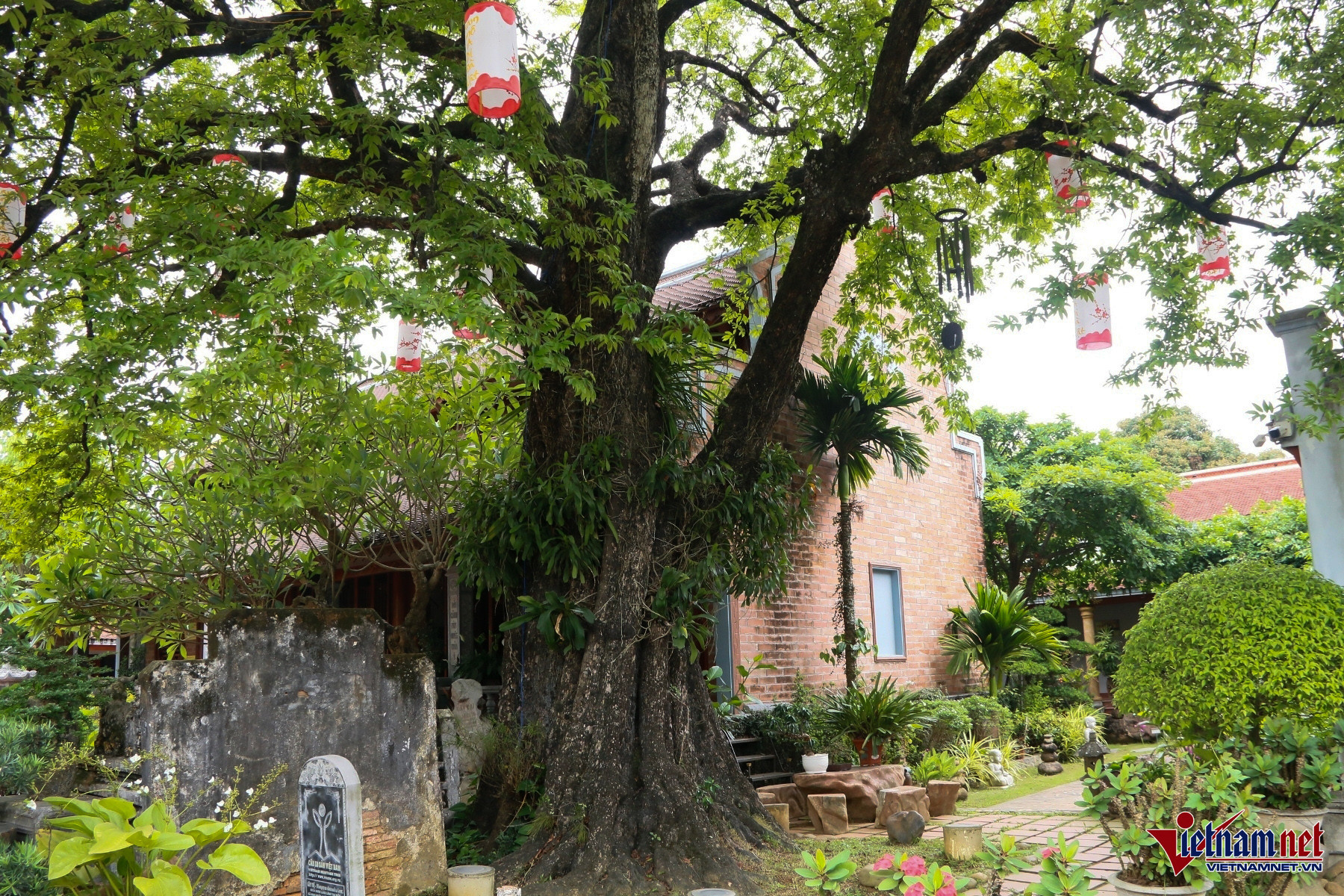
This tree once witnessed villagers bidding farewell to soldiers.
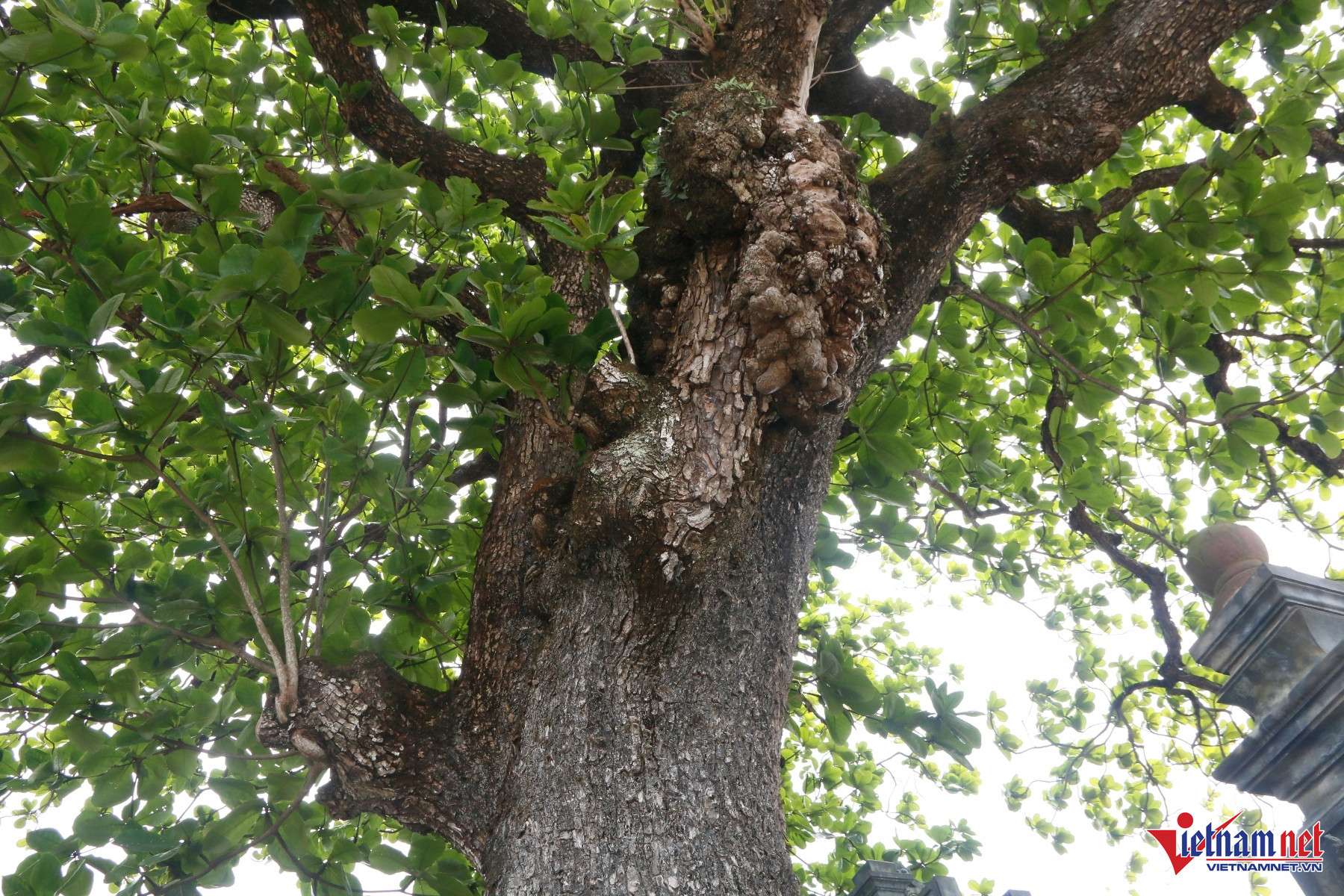
Centuries-old bark and moss mark the ancient persimmon tree.
